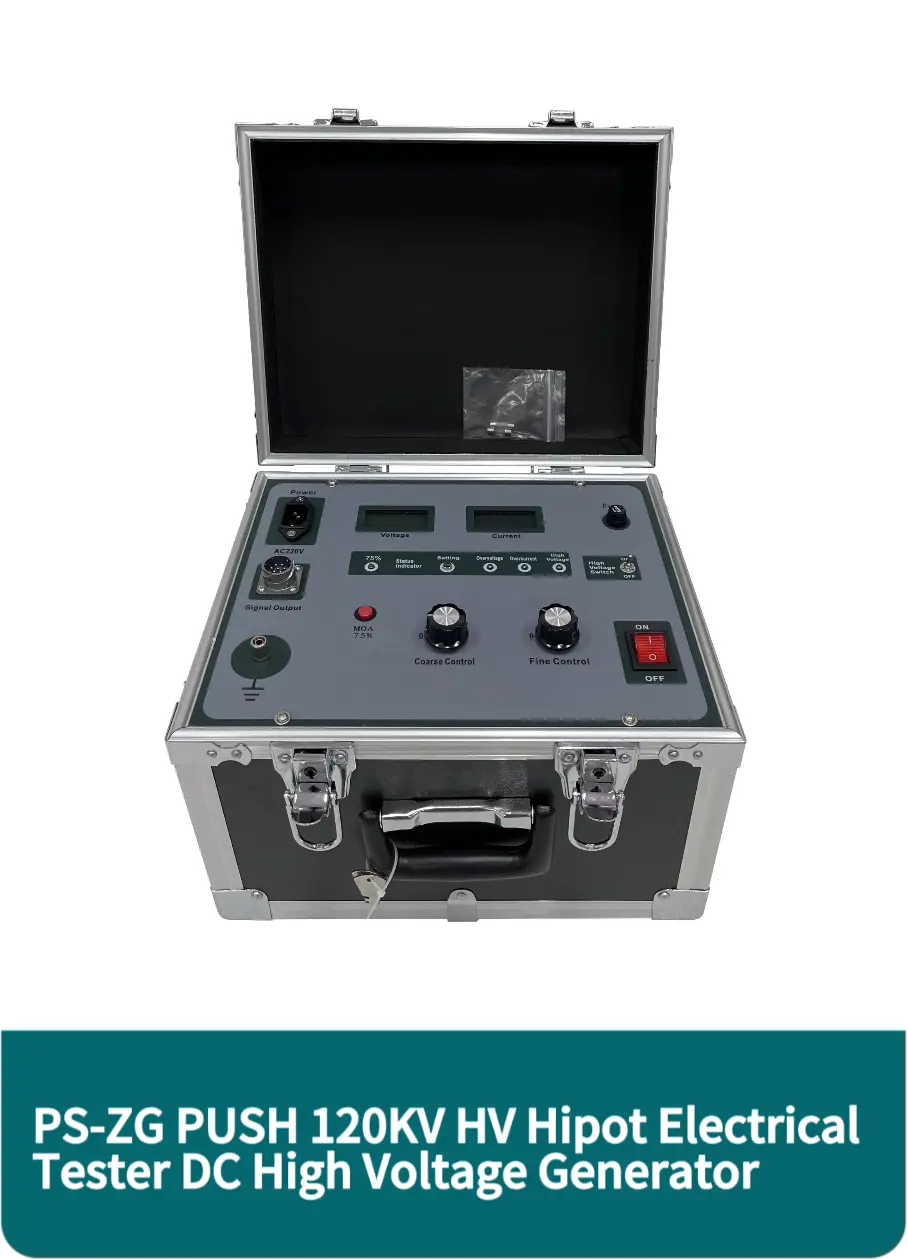 English
English



-
 Afrikaans
Afrikaans -
 Albanian
Albanian -
 Amharic
Amharic -
 Arabic
Arabic -
 Armenian
Armenian -
 Azerbaijani
Azerbaijani -
 Basque
Basque -
 Belarusian
Belarusian -
 Bengali
Bengali -
 Bosnian
Bosnian -
 Bulgarian
Bulgarian -
 Catalan
Catalan -
 Cebuano
Cebuano -
 China
China -
 China (Taiwan)
China (Taiwan) -
 Corsican
Corsican -
 Croatian
Croatian -
 Czech
Czech -
 Danish
Danish -
 Dutch
Dutch -
 English
English -
 Esperanto
Esperanto -
 Estonian
Estonian -
 Finnish
Finnish -
 French
French -
 Frisian
Frisian -
 Galician
Galician -
 Georgian
Georgian -
 German
German -
 Greek
Greek -
 Gujarati
Gujarati -
 Haitian Creole
Haitian Creole -
 hausa
hausa -
 hawaiian
hawaiian -
 Hebrew
Hebrew -
 Hindi
Hindi -
 Miao
Miao -
 Hungarian
Hungarian -
 Icelandic
Icelandic -
 igbo
igbo -
 Indonesian
Indonesian -
 irish
irish -
 Italian
Italian -
 Japanese
Japanese -
 Javanese
Javanese -
 Kannada
Kannada -
 kazakh
kazakh -
 Khmer
Khmer -
 Rwandese
Rwandese -
 Korean
Korean -
 Kurdish
Kurdish -
 Kyrgyz
Kyrgyz -
 Lao
Lao -
 Latin
Latin -
 Latvian
Latvian -
 Lithuanian
Lithuanian -
 Luxembourgish
Luxembourgish -
 Macedonian
Macedonian -
 Malgashi
Malgashi -
 Malay
Malay -
 Malayalam
Malayalam -
 Maltese
Maltese -
 Maori
Maori -
 Marathi
Marathi -
 Mongolian
Mongolian -
 Myanmar
Myanmar -
 Nepali
Nepali -
 Norwegian
Norwegian -
 Norwegian
Norwegian -
 Occitan
Occitan -
 Pashto
Pashto -
 Persian
Persian -
 Polish
Polish -
 Portuguese
Portuguese -
 Punjabi
Punjabi -
 Romanian
Romanian -
 Russian
Russian -
 Samoan
Samoan -
 Scottish Gaelic
Scottish Gaelic -
 Serbian
Serbian -
 Sesotho
Sesotho -
 Shona
Shona -
 Sindhi
Sindhi -
 Sinhala
Sinhala -
 Slovak
Slovak -
 Slovenian
Slovenian -
 Somali
Somali -
 Spanish
Spanish -
 Sundanese
Sundanese -
 Swahili
Swahili -
 Swedish
Swedish -
 Tagalog
Tagalog -
 Tajik
Tajik -
 Tamil
Tamil -
 Tatar
Tatar -
 Telugu
Telugu -
 Thai
Thai -
 Turkish
Turkish -
 Turkmen
Turkmen -
 Ukrainian
Ukrainian -
 Urdu
Urdu -
 Uighur
Uighur -
 Uzbek
Uzbek -
 Vietnamese
Vietnamese -
 Welsh
Welsh -
 Bantu
Bantu -
 Yiddish
Yiddish -
 Yoruba
Yoruba -
 Zulu
Zulu
hipot test acceptable leakage current
Understanding Hipot Testing and Acceptable Leakage Current
Hipot testing, short for high potential testing, is a crucial process in the electrical industry, ensuring that insulation within electrical devices can withstand high voltage without allowing excessive current to leak through
. This is particularly important for safety, as leakage current can lead to electric shocks or equipment failure.Leakage current refers to the unwanted current that flows through the insulating materials of electrical devices when high voltage is applied during the hipot test. The purpose of this test is to identify any flaws in the insulation before the device is put into operation. Understanding what constitutes acceptable leakage current is vital for manufacturers and safety professionals.
The acceptable leakage current values can vary depending on the type of device and its intended use. For example, medical devices often have stricter criteria due to the potential risks involved. In general, acceptable leakage current limits are defined by industry standards such as IEC 60601 for medical devices or IEC 60950 for information technology equipment. These standards set specific thresholds that manufacturers must meet to ensure safety and compliance.
hipot test acceptable leakage current

During the hipot test, a voltage is applied that is significantly higher than the normal operating voltage of the device. While leakage current is expected to a certain extent, it should not exceed the defined acceptable limits. If it does, the device may have insulation defects or other issues that need to be addressed before it can be released to the market.
Additionally, it’s important for manufacturers to implement regular testing and quality assurance protocols. Devices should be tested not only during production but also periodically throughout their service life to ensure that insulation remains intact and effective. The consequences of failing to address excess leakage current can be severe, ranging from catastrophic equipment failure to serious injury or even fatalities.
In conclusion, understanding and managing acceptable leakage current during hipot testing are paramount for ensuring the safety and reliability of electrical devices. By adhering to established standards and conducting thorough testing, manufacturers can mitigate risks and protect consumers, ultimately fostering trust in their products. Regular review of these standards, along with advancements in testing methodologies, will continue to enhance electrical safety in the future.
-
Ensuring Transformer Reliability with High-Precision Turns Ratio TestingNewsJul.18,2025
-
Ensuring SF₆ Gas Safety: Introducing PUSH’s Integrated SF₆ Analyzer for Dew Point, Purity, and Decomposition MonitoringNewsJul.10,2025
-
Exploring the Main Types of Industrial Endoscopes and Their Applications Across IndustriesNewsJul.04,2025
-
Testing Equipment Industry Sees Major Advancements in 2025: Smart & Precision Technologies Lead the WayNewsJun.06,2025
-
Applications of Direct Current Generators in Renewable Energy SystemsNewsJun.05,2025
-
Hipot Tester Calibration and Accuracy GuidelinesNewsJun.05,2025



